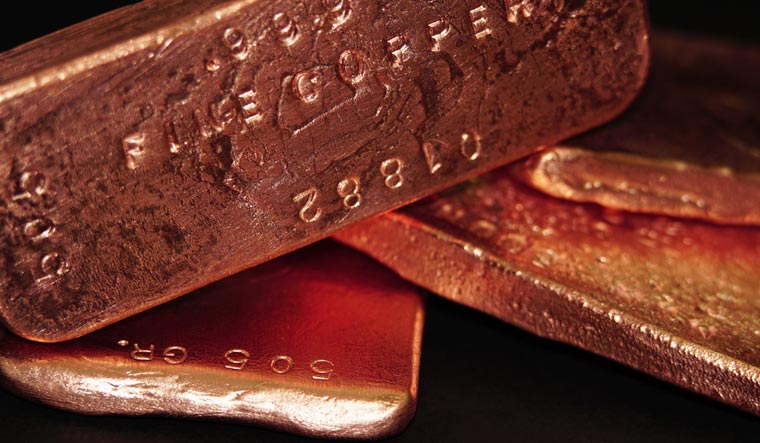Scientists from Sandia National Laboratories and Texas A&M University have observed metals repairing themselves for the first time, overturning long-held scientific theories. This phenomenon, witnessed in the nanoscale cracks of copper and platinum, holds the potential to bring about an engineering revolution, where self-healing machines, bridges, and airplanes could reverse damage caused by wear and tear, significantly increasing their safety and longevity.
Fatigue damage, caused by repeated stress or motion, is a major concern for industries worldwide, leading to unpredictable failures and costly replacements. However, the new research unveils that metals possess an intrinsic, natural ability to heal themselves in the nanoscale, a phenomenon known as "cold welding." When subjected to repeated stress, microscopic cracks form within the metals, but under specific conditions, the crack flanks compress and weld back together, effectively healing the material.
Lead-author Brad Boyce, a materials scientist at Sandia National Laboratories, expressed his excitement, stating, "This was absolutely stunning to watch first-hand. What we have confirmed is that metals have their own intrinsic, natural ability to heal themselves, at least in the case of fatigue damage at the nanoscale."
While self-healing materials, mostly plastics, have been previously developed, self-healing metals were considered a realm of science fiction until now. This discovery opens up vast possibilities, from creating self-repairing airplane wings to automotive suspensions, potentially saving billions of dollars lost to structural failures each year.

However, before celebrating the prospect of Terminator-like robots, it's essential to understand that the self-healing mechanism works only on certain metals and at extremely small scales, for now. The research team observed cold welding in nano-size copper and platinum but hasn't yet explored other metals widely used in engineering applications, such as steel.
Furthermore, the process was studied within a vacuum to avoid interference from atmospheric atoms, leaving open questions about whether the self-healing would occur outside of such controlled conditions. The researchers are also uncertain if larger metals can exhibit the same self-repairing behavior as the nanoscale counterparts.
Despite these uncertainties, the scientists remain cautiously optimistic about the potential applications of their discovery. They believe that this self-repair process might already be occurring to some extent in ordinary metals and alloys, particularly for subsurface cracks shielded from oxygen exposure.
The research paper describing this groundbreaking discovery was published in the journal Nature on July 19, 2023.
The implications of this research could be far-reaching, paving the way for a new era of material engineering and design. If harnessed effectively, self-healing metals could revolutionize various industries and have a profound impact on spaceflight applications, where exposure to atmospheric particles is not a concern.
The prospect of self-healing metals has ignited excitement among engineers and scientists alike. As the researchers begin to understand the process better, they hope to explore intentional engineering approaches to implement self-healing metals in various structural applications, ushering in a future of safer, longer-lasting, and more resilient technologies.


